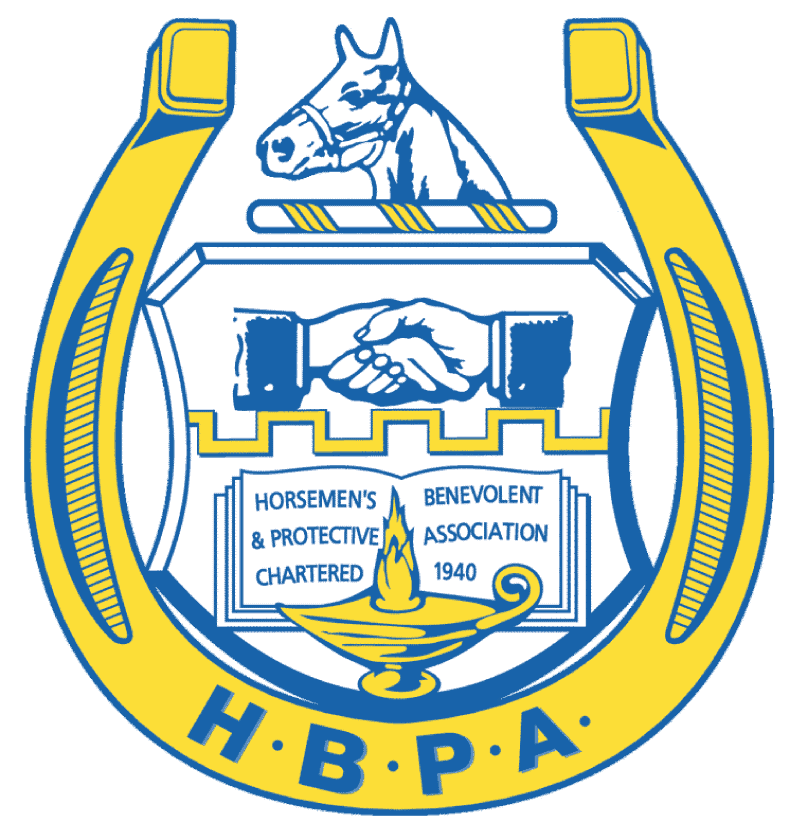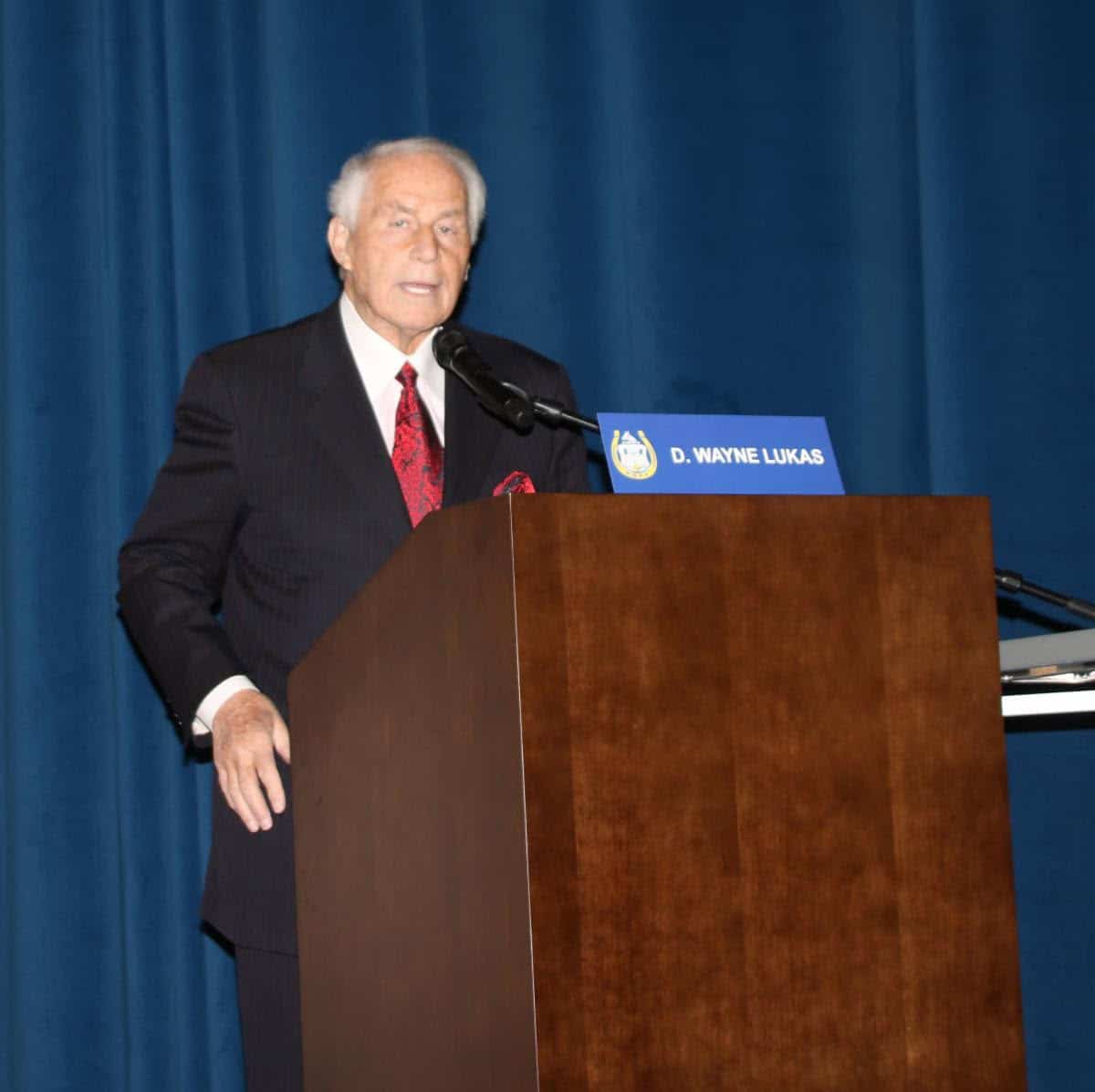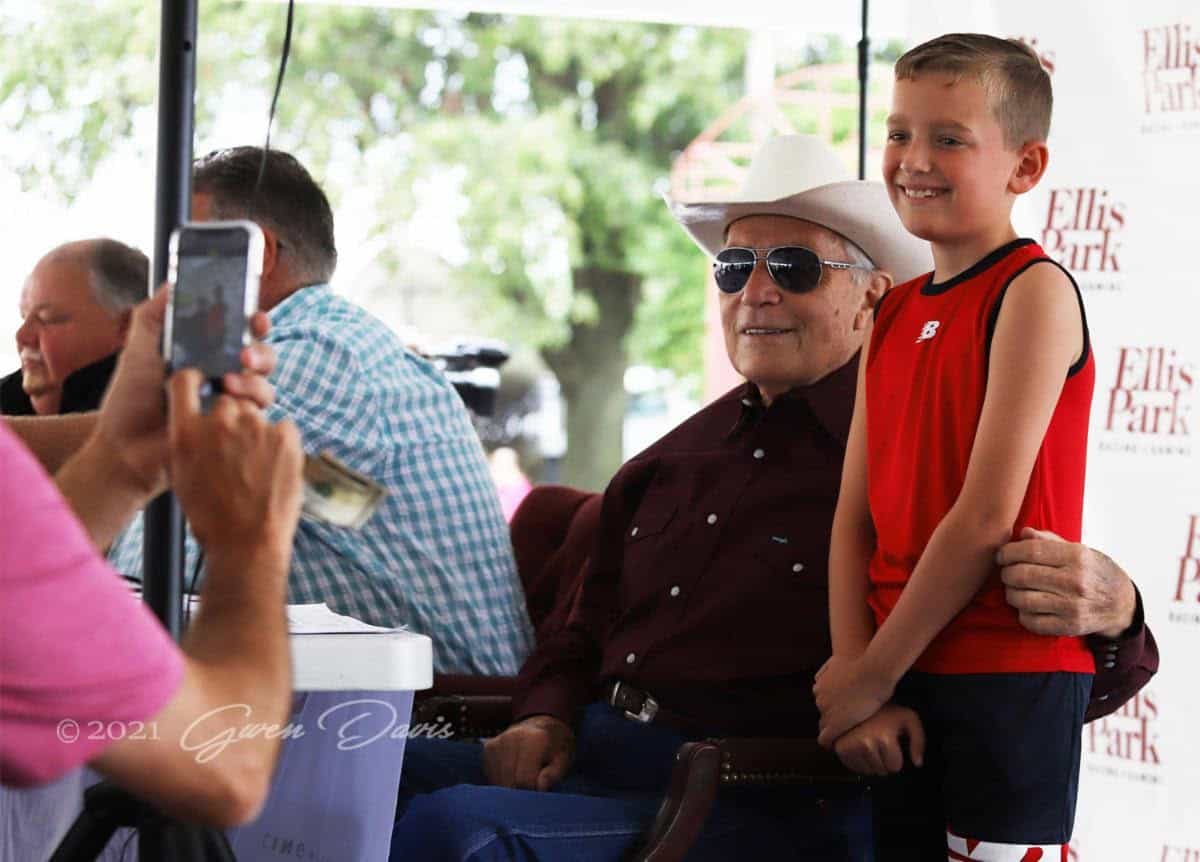WSS: Using Information to Improve Track Surfaces
Blood-Horse
Racing Surfaces Testing Laboratory executive director Mick Peterson would like to see more tracks document information on their racing surfaces and coordinate that information with data from the Equine Injury Database to improve safety for horses and riders.
Peterson outlined that hope during a presentation at the Welfare and Safety of the Racehorse Summit July 8 at Keeneland.
In terms of gathering information to benefit the industry, Peterson called the Equine Injury Database a rare success.
“We’re looking at six years of data and now we’re able to start making decisions,” Peterson said of the Equine Injury Database. “We still need a culture of information for track surfaces.”
Peterson said nine tracks currently are documenting detailed information on their track surfaces, maintenance of those surfaces, and impact factors on those surfaces, like the weather. Tracks participating in that Maintenance Quality System include Aqueduct Racetrack, Belmont Park, Saratoga Race Course, Arlington Park, Canterbury Park, Churchill Downs, Del Mar, and Santa Anita Park.
“We have all of this information coming out of MQS and the Equine Injury Database telling us risk factors,” Peterson said. “At this point, our goal is to tie these two large sets of data together.”
Peterson said consistency is a key for track surfaces, and by documenting what is happening to those surfaces, most tracks improve that consistency.
“The information we gain through data helps us keep that consistency,” said Churchill Downs track superintendent Jamie Richardson, who participated on the track surfaces panel along with Thoroughbred Center general manager Jim Pendergest and New York Racing Association track superintendent Glen Kozak.
NYRA has been an industry leader in collecting and recording information on its surfaces.
“Being able to track what we do every day on our tracks has helped us make tremendous strides,” Kozak said.
The most significant factor affecting consistency of those surfaces is water content. Kozak said NYRA is installing an automated watering system for the Saratoga turf surfaces that will cut down on maintenance time and improve consistency.
Kozak said a relatively small investment in a Time Domain Reflectometry probe provides track supervisors with extremely valuable information about the water content in their surfaces.
Richardson and Pendergest noted that recording information helps tracks adjust to the unique challenges of their regions.





